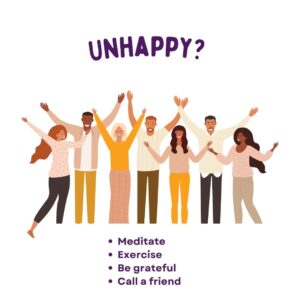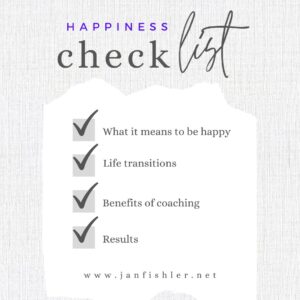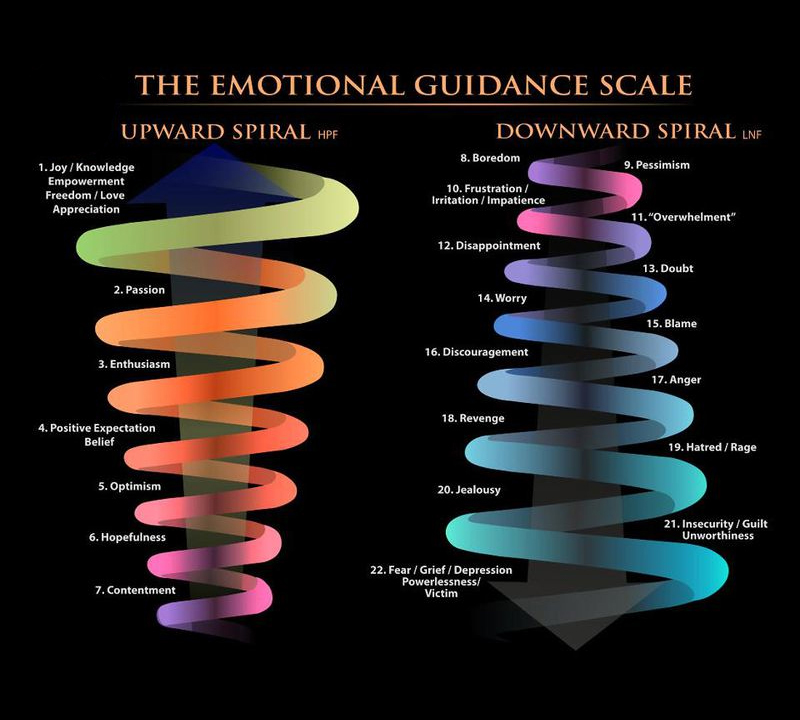 One of the simplest ways to calm your nervous system so that you feel better and consequently feel happier is to breathe. Whenever you’re afraid, stressed out, or anxious, you can use your breath to trick your brain into thinking that everything is okay.
One of the simplest ways to calm your nervous system so that you feel better and consequently feel happier is to breathe. Whenever you’re afraid, stressed out, or anxious, you can use your breath to trick your brain into thinking that everything is okay.
Holding your breath because you’re being chased by a tiger or being held at gunpoint and fearing for your life are scenarios that will ultimately resolve themselves. You’ll either escape or die—hopefully, the former. Assuming you live to tell the tale, your breathing should return to normal.
What happens when you hold your breath or breathe shallowly because stress and anxiety are a routine part of your day? The negative consequences of shallow breathing have been well documented. Shallow breathing can:
- Reduce oxygen intake. As a result, your brain and body might not get enough oxygen. This can cause fatigue, dizziness, and foggy thinking.
- Result in impaired immune function because the lymphatic system is only stimulated by deep breathing.
- Disrupt sleep patterns.
- Cause carbon dioxide to build up in your blood and cause conditions that affect your lungs, brain, nerves, and muscles.
- Effect memory and emotional judgment.
While your environment can be filled with stressors that are out of your control (think noise and air pollution, record-breaking temperatures and weather patterns, and the unpredictability of daily living), you can control your breath.
There are lots of breathing techniques that can help you overcome life’s stressors. It’s important to practice a few of these when you’re not anxious or stressed out so that they become a healthy habit you can employ when times are tough. Some popular breathing techniques are:
Box breathing: Breathe in slowly to a count of four. Hold your breath for another count of four at four, gently and without strain. Then, slowly exhale to a count of four. Hold for four. Then, repeat, starting with the inhale. Repeat this for a few minutes.
Extend the exhale: Breathe in for a count of four. Hold for four. Exhale to a count of eight—or twice whatever your inhale count was.
Belly breathing: Lay on your back and place your hands gently on your stomach. Take a slow, deep inhale, and imagine your breath filling your upper chest, lower chest, and eventually, your belly, feeling your belly rise as you inhale. Then, slowly exhale and feel the air first leave your belly, lower chest, and upper chest.
Sun salutation breathing: Stand straight with your feet slightly apart at about hip-width and your hands by your sides. Begin to inhale, and as you do, raise your arms as you take air into your body. When you reach the max of your inhale, your hands should now be above your head. Now, as you exhale, slowly lower your arms with your breath. You may return them to your sides or bring them in front of your chest into a prayer hands pose.
If you want to learn more about breathing techniques—especially those that increase your energy, induce relaxation, or expand your state of mind, you’ll want to read about Holotropic breathwork, soma breath, and Wim Hoff Breathing.
# # #
Jan Fishler is a certified happiness coach and author. Her most recent books are Don’t Stop Now: Making the Most of the Rest of Your Life and 52 Ways to Be Happy: from the inside out. You can learn more at www.JanFishler.net.










